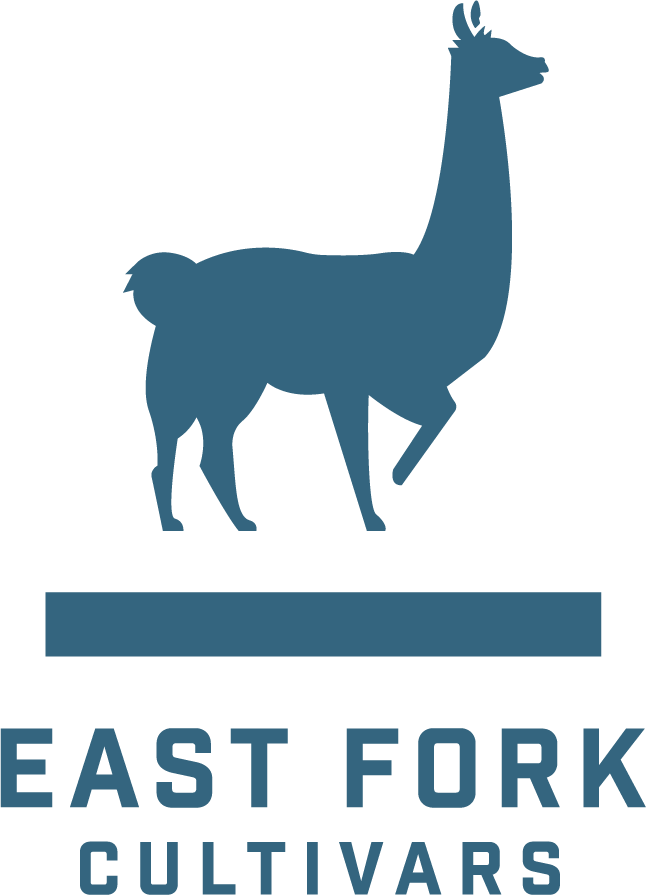At East Fork, we haven’t generally used the terms Indica, Sativa, and Hybrid to refer to cannabis products because data consistently shows that these botanical terms no longer reliably relate to a plant’s genetics or effects.
However, we’re evolving our practices on this issue: you’ll see us using this labeling on some of our products going forward. We want to help people find what they’re seeking, and we recognize that many people continue to find the Indica-Sativa-Hybrid labels helpful.
Read More




